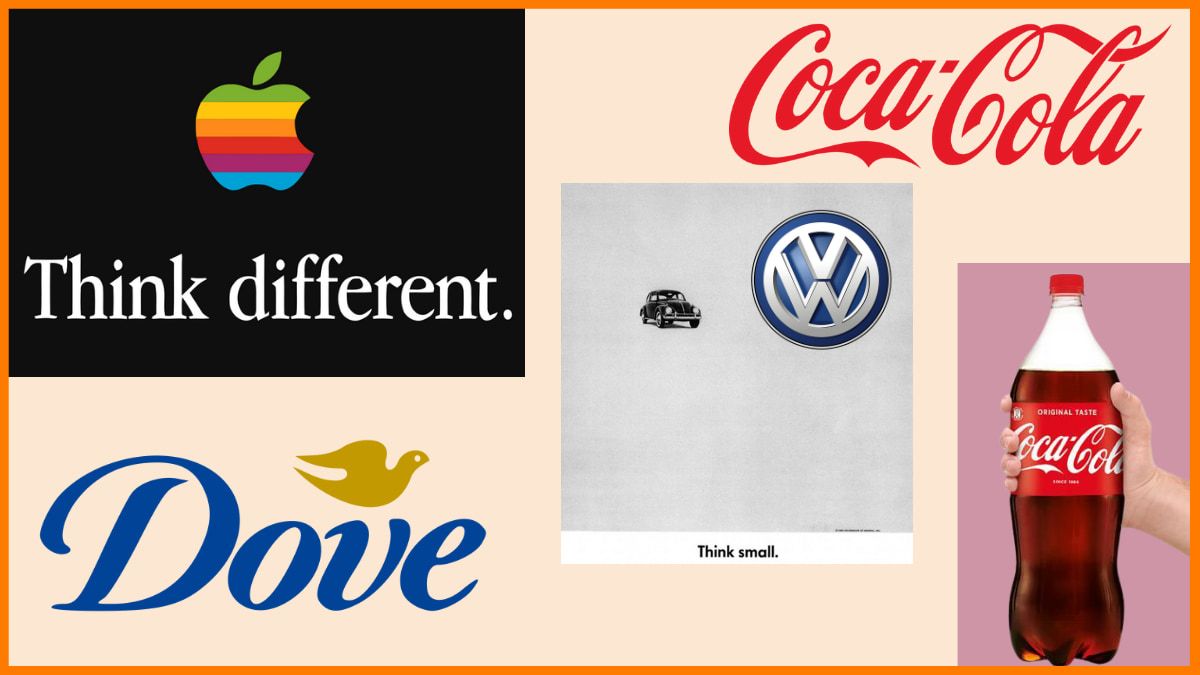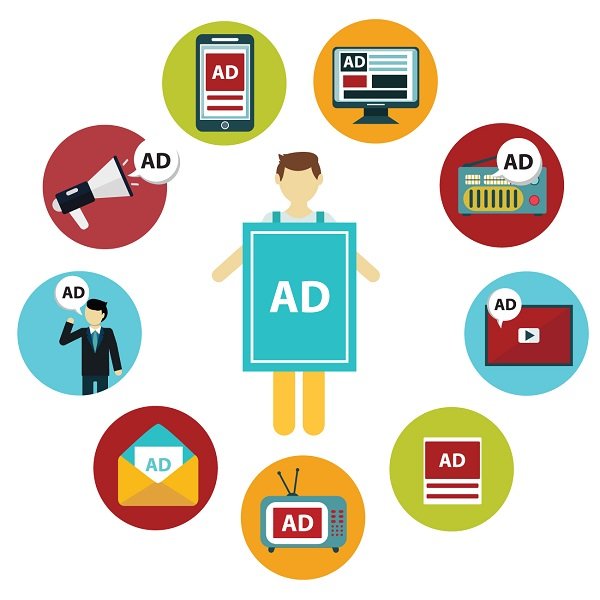For businesses to connect with and engage their target audience, develop brand awareness, and increase sales, they must run effective advertising campaigns. Although tactics might differ according to the sector, target market, and objectives, effective advertising campaigns usually revolve around five key elements.
Clear Objectives
Determining the goal of the advertising campaign is the first step. This might be done to introduce new features or a new product. It might have three goals: raising brand awareness, boosting conversions, and fortifying the brand against rivals. Alternatively, it might be to present a revised perspective on the organisation. This is a crucial stage that will dictate everything that comes next.
Target Audience
A targeted advertising campaign is one that appeals to a particular demographic. These are the customers who will benefit the most from what the business has to offer. Geographical location, age, gender, social status, and behavioural preferences are used to define target audiences. The advertising campaign’s style and tone are determined by the target audience it is trying to convince.
Segment your audience
Once the target audience has been identified, it is a good idea to further divide this group. These subgroups will assist you in crafting customised and unique messages. Marketers divide up audiences in a number of ways. People who need to be moved up the buying funnel include those who have already bought the product, those who are aware of it but haven’t converted, and so on.
Deliver the right message
There should be a main message in every campaign. There should be a consistent theme throughout all correspondence. It should provide a memorable summary of the campaign’s main points. Nike, for instance, encourages consumers to “just do it” in a number of ways. The message ought to be applicable in a variety of contexts and pertinent to the intended audience.
The core of this message should be included in your advertising strategy. This is also known as the brand’s positioning. The communication studio or agency will be in charge of actually crafting the words and images.
Choose the advertising medium
There are numerous ways to reach consumers in the modern era. To effectively execute the campaign, these should be carefully combined and matched. It is possible to reach distinct target audience segments using a variety of media, including print, TV, web content, apps, and email.

Two Examples of Advertising Campaigns
The “Just Do It” campaign by Nike:
Nike’s “Just Do It” ad is among the most recognisable and has been successful for many years. When it was first introduced in 1988, the goal was to encourage people to challenge themselves, get past challenges, and lead active lives. The campaign included powerful storytelling and eye-catching imagery, frequently showing athletes conquering obstacles. The straightforward “Just Do It” slogan, which exudes a strong sense of willpower and accomplishment, came to be associated with Nike. Nike’s sales increased as a result of the campaign, which also strengthened the brand’s association with motivation and athletics.
The “Get a Mac” campaign by Apple:
Using humour, Apple’s “Get a Mac” campaign, which ran from 2006 to 2009, emphasised the distinctions between Macs and PCs. Actors John Hodgman as a PC and Justin Long as the embodiment of a Mac appeared in the campaign. Apple skillfully conveyed the advantages of its products—such as their design, virus resistance, and ease of use—through a series of humorous and relatable commercials. In addition to increasing Mac sales, the campaign helped to establish Apple as a company that values innovation and simplicity. Customers responded well to the “Get a Mac” advertisements, which won praise for their originality and memorability.
Campaigns for Brand Awareness:Concentrate on raising brand awareness and familiarity. For these campaigns to stick with the audience, memorable and creative messaging is frequently used.
Campaigns for the Launch of Products:focused on releasing a new good or service onto the market. The objectives are to create anticipation, draw attention to important details, and boost early sales.
Campaigns for sales or promotions:By providing discounts, promotions, or one-time deals, you should try to increase sales in the short term. These advertisements instill a sense of urgency in the hopes of prompting customers to take action.
Conclusion
Every business segment is seeing a rise in competitive activity. One strategy for brands to remain ahead of the competition and take up space in consumers’ minds is through memorable and effective advertising.
Creating a concise advertising strategy is the first step towards implementing the principles of advertising campaigns. The plan should include captivating insights that will appeal to the intended audience through a variety of media. Then, advertising campaigns will be able to carry out the informational and persuasive work that is necessary to generate demand for goods and services.

